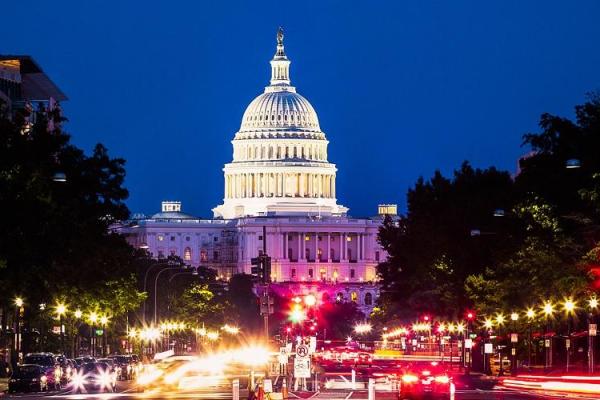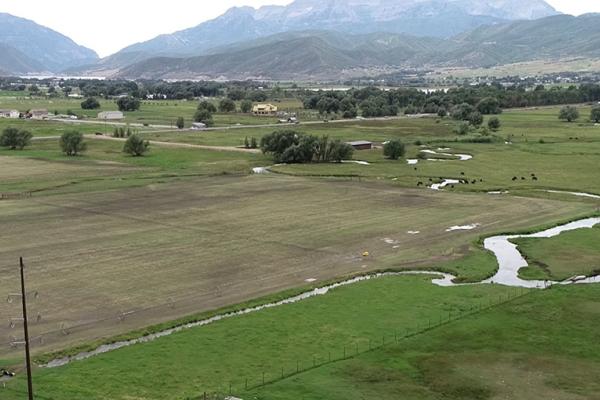Public Power's Position
Sequestration of payments to Build America Bond issuers and other direct payment bonds is tantamount to a breach of contract for financial deals negotiated more than a decade ago.
- We strongly support legislation to end the threat of sequestration of federal payments related to Build America Bonds (BABs) and refundable elective payment energy tax credits.
- The threat of sequestration of refundable elective payment tax credits needlessly clouds investment decisions for public power utilities and rural electric cooperatives, which collectively serve nearly 30% of the nation’s retail customers.
About the Issue
Following the 2008 credit crisis, to encourage the sorts of infrastructure investments that municipal bonds finance — the American Recovery and Reinvestment Act of 2009 created the Build America Bond. A BAB meets the same requirements as any other government-purpose municipal bond, but instead of the interest being tax-exempt, the bond issuer receives a credit payment from the Treasury Department equal to 35% of the interest paid. Of the $181 billion in BABs issued, 108 BABs worth $16 billion financed power-related projects.
New Clean Renewable Energy Bonds (New CREBs) are another form of “direct payment” bonds intended as an alternative to energy tax credits for which public power utilities were not eligible. APPA estimates that roughly $300 million in New CREBs were issued by public power utilities. BABs were authorized to be issued in 2009 and 2010 only, and the ability to issue New CREBs was repealed in 2017.
A failure to meet deficit reduction targets under the Budget Control Act of 2011 triggered the Department of Treasury to implement automatic cuts to federal mandatory (entitlement) spending programs beginning March 1, 2013, through a process called sequestration. Ignoring earlier statements by the Treasury Department and congressional intent, the White House Office of Management and Budget (OMB) decided in 2012 that BAB and New CREB credit payments to BAB and New CREB issuers were subject to sequestration. BCA sequestration cuts were originally supposed to end after 2021, but Congress has repeatedly extended the period, and annual cuts of 5.7% will now last through 2031. According to OMB, BAB and New CREB credit payments have been cut by approximately $2.4 billion since 2013. APPA estimates that these payments will be cut by another roughly $1 billion before the end of FY 2031.
Additionally, under the Statutory Pay-as-You-Go Act of 2010 (PAYGO), any increase in the deficit caused by new tax or entitlement spending laws also triggers sequestration cuts to eliminate those deficits. These cuts are automatic unless PAYGO is waived, either as part of the new law or in subsequent legislation. The American Rescue Plan Act of 2021 added $1.9 trillion in deficit spending to the PAYGO “scorecard.” Congress has twice postponed the sequestration cuts that would have ensued in January 2022, but absent further action, PAYGO sequestration will take effect in January 2025 and last through September 2031. In fact, given the size of the deficit increase caused by the American Rescue Plan Act, the Congressional Budget Office estimates that PAYGO sequestration will eliminate spending for all but a handful of programs. Accounts for which spending would be eliminated include payments to BAB and New CREB issuers and refundable elective payment tax credits.
PAYGO sequestration would eliminate an estimated $12.7 billion in payments to state and local issuers of direct payment bonds, including public power utilities. These cuts would be financially devastating to public power utilities that issued BABs and New CREBS. The threat of PAYGO sequestration likewise is needlessly clouding investment decisions by public power utilities seeking to take advantage of refundable direct pay tax credits.




